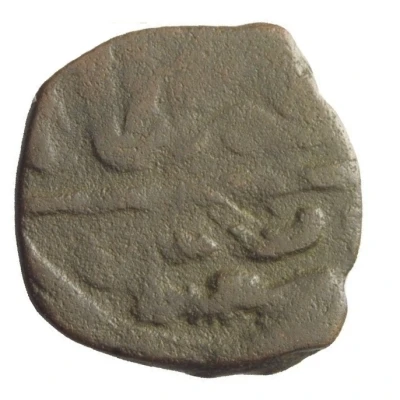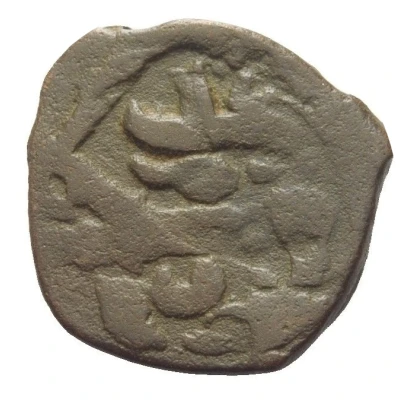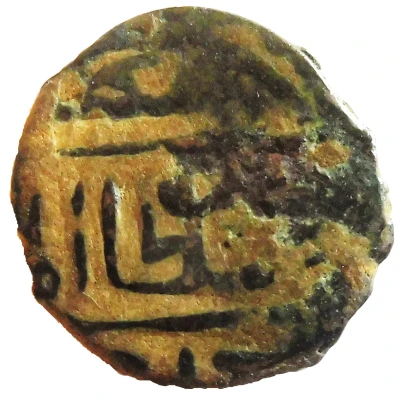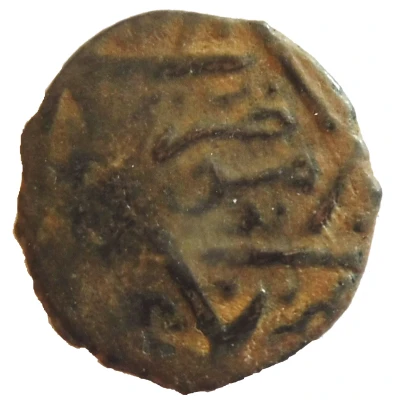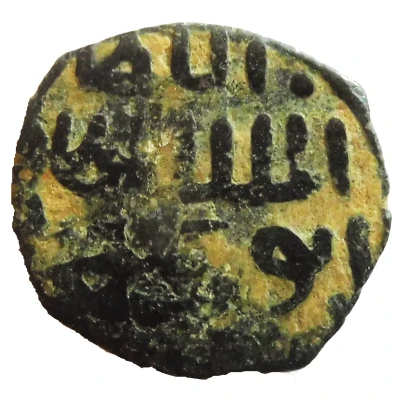
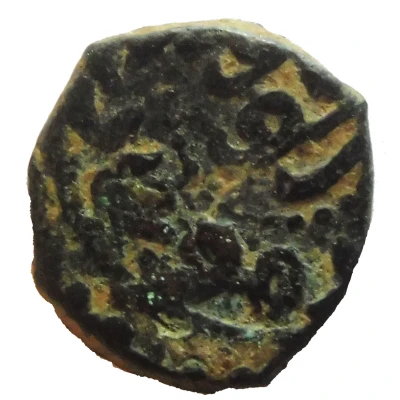

© Cycnos (CC BY-NC)
Fals - al Zahir Barquq Dimashq
790 (1388) year| Copper | 2.8 g | 18 mm |
| Issuer | Mamluk Sultanate |
|---|---|
| Sultan | Barquq (1382-1389, 1390-1399) |
| Type | Standard circulation coin |
| Year | 790 (1388) |
| Calendar | Islamic (Hijri) |
| Value | 1 Fals (1⁄60) |
| Currency | Dinar (1250-1517) |
| Composition | Copper |
| Weight | 2.8 g |
| Diameter | 18 mm |
| Shape | Round (irregular) |
| Demonetized | Yes |
| Updated | 2024-10-05 |
| Numista | N#142745 |
|---|---|
| Rarity index | 92% |
Reverse
Inside a circle of points the name of the sultan; around the name of the workshop followed by the date in all letters. A circle followed by a grenetis border the whole.
Script: Arabic
Lettering:
برقوق
الدنيا و الدين ضرب بدمشق سنة ثسعين وسبعماية
Translation:
[...] Barquq
al-dunya wa al-din duriba Dimashq sanat tis'in wa sebmi'at:
"The world and religion struck [this falsy] in Damascus in the year seven hundred and ninety [Hegira]".
Comment
First reign (1382–1389)Second reign (1390–1399)
Interesting fact
One interesting fact about the Fals - al Zahir Barquq (Dimashq) 790 (1388) coin from the Mamluk Sultanate is that it features a unique blend of Islamic and Mongolian influences in its design. The coin's obverse side features a stylized representation of the Mongolian emperor, Tamerlane, while the reverse side features intricate Arabic calligraphy and Islamic motifs. This blending of cultural styles reflects the complex history of the Mamluk Sultanate, which was a medieval Islamic state that was founded by former Mongolian slaves who rose to power in Egypt and Syria.
